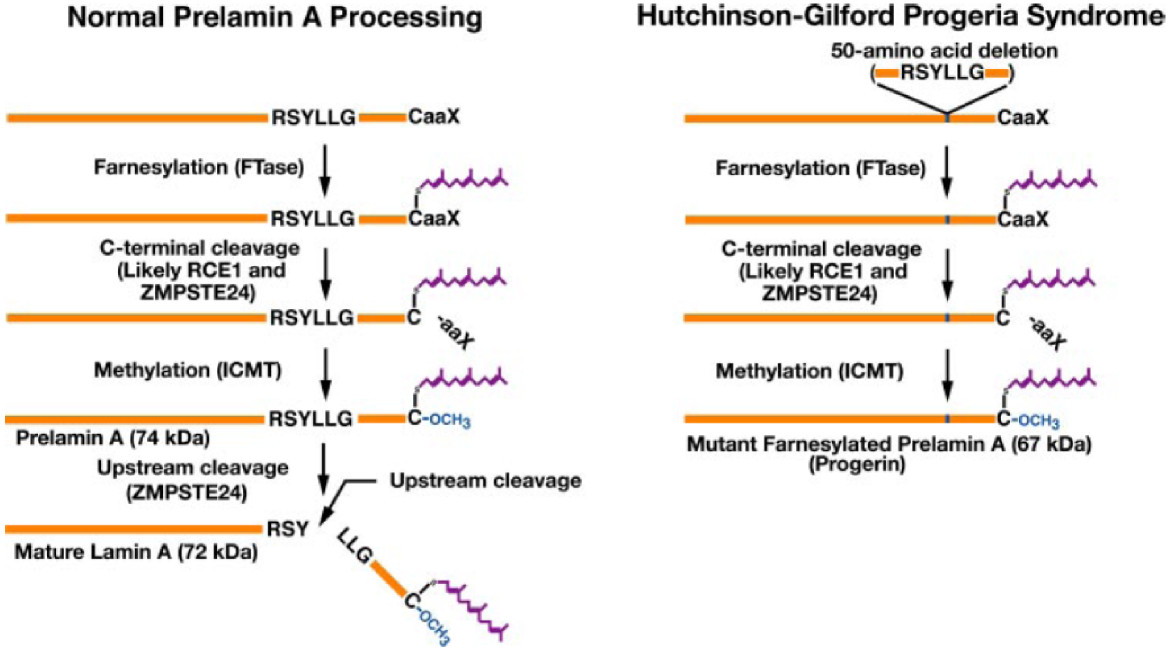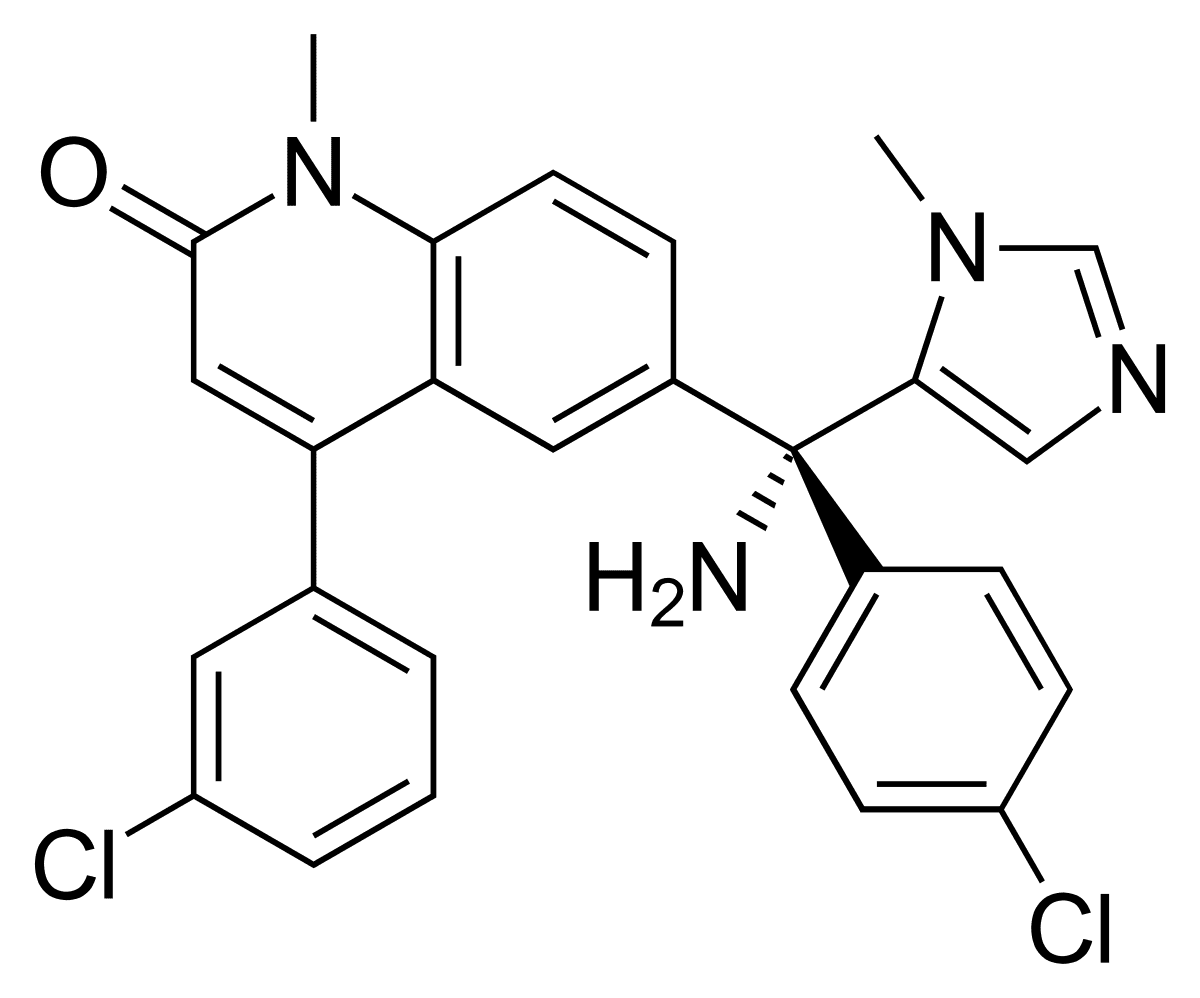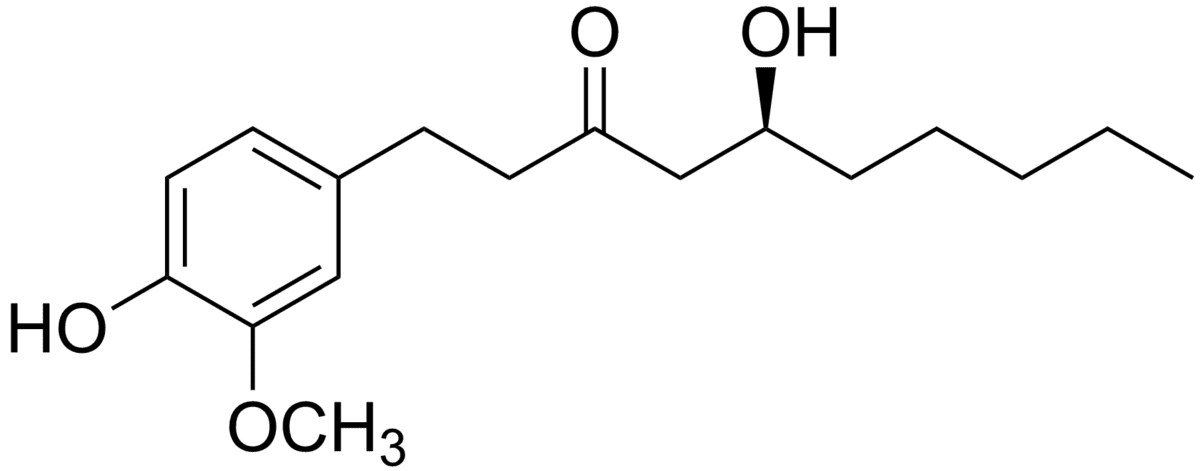Mr Rossi
Member
- Joined
- Dec 20, 2015
- Messages
- 106
Safe, Inexpensive Chemical Found to Reverse Symptoms of Progeria in Human Cells
Safe, Inexpensive Chemical Found to Reverse Symptoms of Progeria in Human Cells
Finding could lead to treatments for rare genetic illness as well as normal aging
Progeria is a rare genetic disease that mimics the normal aging process at an accelerated rate. Symptoms typically appear within the first year of life, and individuals with the disease develop thin, wrinkled skin, fragile bones and joints, full-body hair loss and organ failure, among other complications. Most do not survive past their teen years.
New work from the University of Maryland suggests that a common, inexpensive and safe chemical called methylene blue could be used to treat progeria—and possibly the symptoms of normal aging as well. A new study shows for the first time that small doses of methylene blue can almost completely repair defects in cells afflicted with progeria, and can also repair age-related damage to healthy cells. The study was published online in the journal Aging Cell on December 10, 2015.

Methylene blue successfully repaired progeria-related defects in the nuclei of human fibroblast cells affected by the disease. The nuclei of untreated cells (panels 1 and 2, left) still exhibit the abnormal convoluted shape characteristic of progeria. The nuclei of cells treated with methylene blue for 8 weeks (panels 3 and 4, right) returned to their normal, rounded shape. The top images were stained with antibodies that attach to the normal lamin A protein, while the bottom images were stained with antibodies that attach to defective lamin A, also known as progerin. Image credit: Kan Cao/Zheng-Mei Xiong/UMD (Click image to download hi-res version.)
“We tried very hard to examine the effect of methylene blue on all known progeria symptoms within the cell,” said Kan Cao, senior author on the study and an associate professor of cell biology and molecular genetics at UMD. “It seems that methylene blue rescues every affected structure within the cell. When we looked at the treated cells, it was hard to tell that they were progeria cells at all. It’s like magic.”
Progeria results from a defect in a single gene. This gene produces a protein called lamin A, which sits just inside the cell’s nucleus, under the nuclear membrane. Healthy cells snip off a small piece of each new lamin A molecule—a small edit that is necessary for lamin A to work properly. Cells with progeria, however, skip this important editing step. The defective lamin A interferes with the nuclear membrane, causing the nucleus to form bulges and deformations that make normal functioning impossible.
Cells with progeria also have misshapen and defective mitochondria, which are the small organelles that produce energy for the cell. Although previous studies suggested damage to mitochondria in progeria cells, the current study is the first to document the nature and extent of this damage in detail. Cao and her colleagues found that a majority of the mitochondria in progeria cells become swollen and fragmented, making it impossible for the defective mitochondria to function.
The team found that methylene blue reverses the damages to both the nucleus and mitochondria in progeria cells remarkably well. The precise mechanism is still unclear, but treating the cells with the chemical effectively improved every defect, causing progeria cells to be almost indistinguishable from normal cells.
Cao and her colleagues also tested methylene blue in healthy cells allowed to age normally. The normal aging process degrades mitochondria over time, causing these older mitochondria to resemble the mitochondria seen in progeria cells. Once again, methylene blue repaired these damages.
“We have repeated these experiments many times and have not seen a single one fail,” saidZheng-Mei Xiong, lead author on the study and a postdoctoral associate in the UMD Department of Cell Biology and Molecular Genetics. “This is such an exciting result with so much potential, both for progeria and normal aging. Methylene blue is common and inexpensive. It is fully water soluble and non-toxic. People use it to clean fish tanks because it is so safe for the fish eggs.”
Because methylene blue can repair the cell defects that ultimately lead to whole-body symptoms in progeria patients, Cao, Xiong and their colleagues believe methylene blue could be used as a treatment for the disease in the future. Similarly, methylene blue could show promise as an over-the-counter treatment for the symptoms of normal aging, perhaps as an additive to cosmetic products or nutritional supplements.
Cao and her team are moving quickly to complete the next crucial step: testing in animal models.
“So far, we have done all of our work in stem cell lines. It is critical to see whether the effect extends to whole animals,” Cao explained. “We also want to see if methylene blue can repair specific effects of progeria in various cell types, such as bone, skin, cardiovascular cells and others. Further down the line, other groups might begin human clinical trials. It’s very exciting.”
###
This research was supported by the National Institutes of Health’s National Human Genome Research Institute (Award Nos R01HG007104 and R21AG043801). The content of this article does not necessarily reflect the views of this organization.
The research paper, “Methylene blue alleviates nuclear and mitochondrial abnormalities in progeria,” Zheng-Mei Xiong, Ji Young Choi, Kun Wang, Haoyue Zhang, Zeshan Tariq, Di Wu, Eunae Ko, Christina LaDana, Hiromi Sesaki and Kan Cao, was published online in the journalAging Cell on December 10, 2015.
Media Relations Contact: Matthew Wright, 301-405-9267, [email protected]
University of Maryland
College of Computer, Mathematical, and Natural Sciences
2300 Symons Hall
College Park, MD 20742
www.cmns.umd.edu@UMDscience
About the College of Computer, Mathematical, and Natural Sciences
The College of Computer, Mathematical, and Natural Sciences at the University of Maryland educates more than 7,000 future scientific leaders in its undergraduate and graduate programs each year. The college's 10 departments and more than a dozen interdisciplinary research centers foster scientific discovery with annual sponsored research funding exceeding $150 million.
Date:
Thursday, December 10, 2015
Safe, Inexpensive Chemical Found to Reverse Symptoms of Progeria in Human Cells
Finding could lead to treatments for rare genetic illness as well as normal aging
Progeria is a rare genetic disease that mimics the normal aging process at an accelerated rate. Symptoms typically appear within the first year of life, and individuals with the disease develop thin, wrinkled skin, fragile bones and joints, full-body hair loss and organ failure, among other complications. Most do not survive past their teen years.
New work from the University of Maryland suggests that a common, inexpensive and safe chemical called methylene blue could be used to treat progeria—and possibly the symptoms of normal aging as well. A new study shows for the first time that small doses of methylene blue can almost completely repair defects in cells afflicted with progeria, and can also repair age-related damage to healthy cells. The study was published online in the journal Aging Cell on December 10, 2015.

Methylene blue successfully repaired progeria-related defects in the nuclei of human fibroblast cells affected by the disease. The nuclei of untreated cells (panels 1 and 2, left) still exhibit the abnormal convoluted shape characteristic of progeria. The nuclei of cells treated with methylene blue for 8 weeks (panels 3 and 4, right) returned to their normal, rounded shape. The top images were stained with antibodies that attach to the normal lamin A protein, while the bottom images were stained with antibodies that attach to defective lamin A, also known as progerin. Image credit: Kan Cao/Zheng-Mei Xiong/UMD (Click image to download hi-res version.)
“We tried very hard to examine the effect of methylene blue on all known progeria symptoms within the cell,” said Kan Cao, senior author on the study and an associate professor of cell biology and molecular genetics at UMD. “It seems that methylene blue rescues every affected structure within the cell. When we looked at the treated cells, it was hard to tell that they were progeria cells at all. It’s like magic.”
Progeria results from a defect in a single gene. This gene produces a protein called lamin A, which sits just inside the cell’s nucleus, under the nuclear membrane. Healthy cells snip off a small piece of each new lamin A molecule—a small edit that is necessary for lamin A to work properly. Cells with progeria, however, skip this important editing step. The defective lamin A interferes with the nuclear membrane, causing the nucleus to form bulges and deformations that make normal functioning impossible.
Cells with progeria also have misshapen and defective mitochondria, which are the small organelles that produce energy for the cell. Although previous studies suggested damage to mitochondria in progeria cells, the current study is the first to document the nature and extent of this damage in detail. Cao and her colleagues found that a majority of the mitochondria in progeria cells become swollen and fragmented, making it impossible for the defective mitochondria to function.
The team found that methylene blue reverses the damages to both the nucleus and mitochondria in progeria cells remarkably well. The precise mechanism is still unclear, but treating the cells with the chemical effectively improved every defect, causing progeria cells to be almost indistinguishable from normal cells.
Cao and her colleagues also tested methylene blue in healthy cells allowed to age normally. The normal aging process degrades mitochondria over time, causing these older mitochondria to resemble the mitochondria seen in progeria cells. Once again, methylene blue repaired these damages.
“We have repeated these experiments many times and have not seen a single one fail,” saidZheng-Mei Xiong, lead author on the study and a postdoctoral associate in the UMD Department of Cell Biology and Molecular Genetics. “This is such an exciting result with so much potential, both for progeria and normal aging. Methylene blue is common and inexpensive. It is fully water soluble and non-toxic. People use it to clean fish tanks because it is so safe for the fish eggs.”
Because methylene blue can repair the cell defects that ultimately lead to whole-body symptoms in progeria patients, Cao, Xiong and their colleagues believe methylene blue could be used as a treatment for the disease in the future. Similarly, methylene blue could show promise as an over-the-counter treatment for the symptoms of normal aging, perhaps as an additive to cosmetic products or nutritional supplements.
Cao and her team are moving quickly to complete the next crucial step: testing in animal models.
“So far, we have done all of our work in stem cell lines. It is critical to see whether the effect extends to whole animals,” Cao explained. “We also want to see if methylene blue can repair specific effects of progeria in various cell types, such as bone, skin, cardiovascular cells and others. Further down the line, other groups might begin human clinical trials. It’s very exciting.”
###
This research was supported by the National Institutes of Health’s National Human Genome Research Institute (Award Nos R01HG007104 and R21AG043801). The content of this article does not necessarily reflect the views of this organization.
The research paper, “Methylene blue alleviates nuclear and mitochondrial abnormalities in progeria,” Zheng-Mei Xiong, Ji Young Choi, Kun Wang, Haoyue Zhang, Zeshan Tariq, Di Wu, Eunae Ko, Christina LaDana, Hiromi Sesaki and Kan Cao, was published online in the journalAging Cell on December 10, 2015.
Media Relations Contact: Matthew Wright, 301-405-9267, [email protected]
University of Maryland
College of Computer, Mathematical, and Natural Sciences
2300 Symons Hall
College Park, MD 20742
www.cmns.umd.edu@UMDscience
About the College of Computer, Mathematical, and Natural Sciences
The College of Computer, Mathematical, and Natural Sciences at the University of Maryland educates more than 7,000 future scientific leaders in its undergraduate and graduate programs each year. The college's 10 departments and more than a dozen interdisciplinary research centers foster scientific discovery with annual sponsored research funding exceeding $150 million.
Date:
Thursday, December 10, 2015



